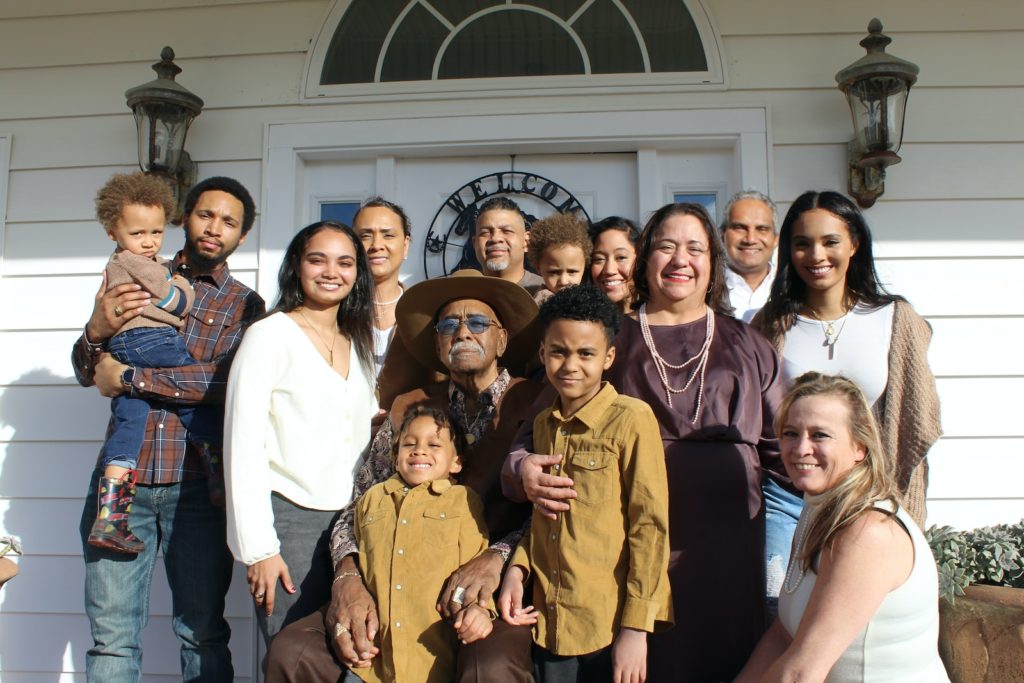
Before the start of a new school year, our family decided to take a vacation. This was our first major family vacation since the onset of the COVID-19 pandemic and served as a celebration of the milestones for three of our children. Our youngest daughter was beginning her senior year of college, our middle son was beginning his freshman year in college, and our youngest son (our last child at home) was beginning his sophomore year in high school.
In preparation for our trip, we made sure the following were checked off our list:
- Prepare our teams at work
- Reserve a boarder for our dog
- Schedule lawn services
- Arrange mail pick up
- Ensure care for my mom
You see, I am a part of an intergenerational, blended family that strives diligently to love God and each other well. And while we do not require childcare arrangements any longer, we are in that season of life where we need parent care. We need to make sure we have a system in place for daily check-ins and on-the-ground support for my mother. In short, I’m part of the sandwich generation.
We are a part of The Sandwich Generation.
SeniorLiving.com defines The Sandwich Generation as “individuals “sandwiched” between aging parents and adult children. They are often put in the position to care for both their children and parents simultaneously, many times providing both emotional and financial support.”
But how often do we, the church, speak specifically to this unique life stage? So many churches create strategies to disciple children and youth, connect with parents of those under 18, engage twenty-somethings (as best we can), and care for the elderly. But what about those who are in between the far ends of the age spectrum? How are we intentionally connecting with people who are feeling “the caregiving crunch”? (As reported in January 2020 by AARP.)
We would be wise to not forget those that are juggling the challenges and joys of living in the middle, within The Sandwich Generation. And we see this modeled by Jesus in the gospel of John 19:26-28. Here we find the story of Jesus on the cross as he speaks to his mother, Mary, and his disciple, John. In this passage, Jesus places the care of his mother in the hands of his beloved disciple.
After reading this passage, I began to wonder about the characteristics Jesus demonstrated through this act, even in the midst of his own suffering.
First, the scripture acknowledges that Jesus ‘saw’ his mother and his beloved disciple, John. The inclusion of the word ‘saw’ leads me to believe Jesus was intentional in noticing those around him. He recognized his mother and knew her needs. Jesus also recognized the disciple whom he loved, whose character he knew and whose resources he understood could support his mother. Jesus knew his mother would be taken care of when he was unable to physically provide the care she needed.
Secondly, the scripture acknowledges that Jesus communicated directly with his mother and with John. He acknowledged them individually and assigned them their new roles of mother and son. This change in role was critical given the pending transition that was happening in Jesus’ life. He needed to ensure there was a plan in place.
Lastly, the scripture acknowledges that after Jesus assigns the new roles to John and Mary, John proceeds to operate in his new role. John takes Mary into his home to care for her. He receives the new assignment and honors Jesus by executing his new role.
There is a lot the “Sandwich Generation” can learn from Jesus’ actions. If you’re someone who pastors individuals who are a part of this segment of society, there are specific actions you can take.
Steps for encouraging and supporting those in the Sandwich Generation:
1. Notice and Assess
- Do you fully understand the needs that exist for you, your children, and your parents?
- Have you considered and assessed all the resources you have access to, both in persons and in programs?
2. Consider Roles
- What role are you playing in the lives of the people you are responsible for caring for?
- Are there things you are doing that may be better delegated to someone else?
- Are there roles only you can hold that you find yourself neglecting or underprioritizing?
3. Identify the Goal
- Do you have a clear view of what a healthy approach to care – for yourself and others – really looks like?
- Do you know what needs to be accomplished to attain that goal so all involved clearly understand how care can happen?
As we move forward in caring for those that God has placed in our care, let us not forget to consider those who are caring for others and who need care themselves. There are many that live within the “Sandwich Generation” that feel overlooked or forgotten. We can change that. We can disciple, encourage, support, and care for this unique group, just as we do all the others.

